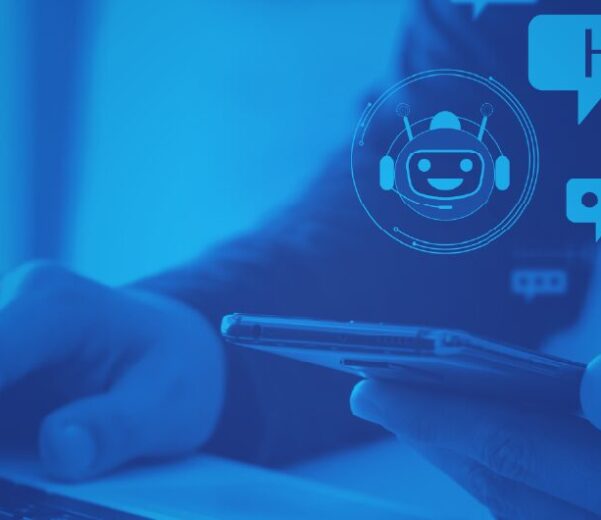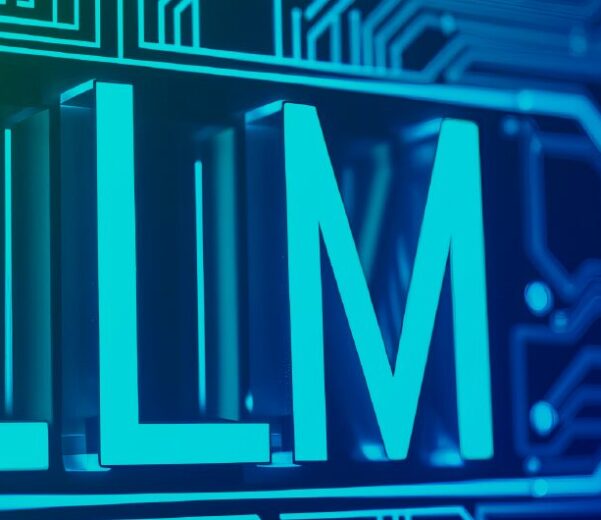AROBS Transilvania – custom software development company
Custom Software Development for IoT
- Home
- Embedded software services
- Custom Software Development for IoT
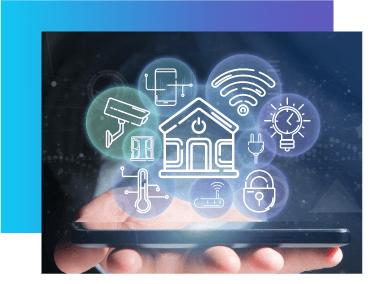
// Arobs Transilvania Software
Home Automation System and IoT Systems
AROBS has extensive expertise in custom software development for IoT: home automation system products, smart city, and building monitoring system projects.
Developing IoT systems and Home automation system projects has become a core value that defines our more than 10 years of proficiency in IoT operating systems and in finding the perfect solutions for our clients.
Industry knowledge and strong software development teams
An intelligent home automation system or building monitoring system can considerably increase the life safety and efficiency so vital for having protected home and building environments. Therefore, developing intelligent IoT systems has become an important business objective for AROBS. With our industry knowledge and our strong teams that create software for IoT, your business can easily meet its goals.
We remain connected to human needs and strive to design and implement complex IoT systems that respond to them. In addition to that, we contribute to IoT Software projects with software developers working with the latest technologies as well as our industry expertise.
Clients in major countries
Our projects include developing IoT Software projects – IoT operating systems for clients worldwide, including countries like the USA, Finland, Italy, Germany, Canada.
Who We Serve
- Smart Home OEMs
- IoT Startups
- Home Automation Integrators
- Utility & Telecom Providers
- Contract Manufacturers
Innovation

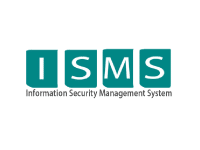

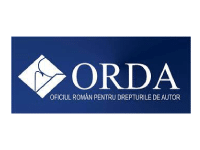
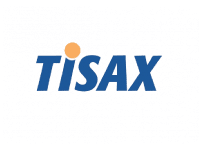
IoT development process
A vision mapping powered by data is the first step in the process. It involves creating a guide map based on the partner’s goals and final outcomes while making an analysis on costs and steps we need to make as the projects unfold.
This builds a foundation for the development process, from the discovery phase to design, deployment and later, maintenance.
The steps include:
A comprehensive view on business challenges and goals
An anchored market research & customer avatar
Technical feasibility & architecture design
Core functions & feature prioritization
Wireframing & prototyping
Budget & timeline Estimation
IoT Architecture and Integration
We design and implement custom IoT applications and scalable embedded systems, aligned with your business needs.
The architecture is build allowing cloud integration and secure connectivity, whether we’re talking about smart home devices, healthcare monitoring solutions or industrial automation systems.
IoT Development Services
Our team of experts provides comprehensive consultation services to help you navigate the complexity of IoT development. This includes:
Strategic Planning
Technology Selection
Security Assessment
Scalability Strategy
The web and mobile applications we develop facilitate interconnectivity among devices, integrating diverse data streams to improve operational efficiency. Our solutions are designed to push innovation, upgrade customer experience, and support business growth in an increasingly connected world.
IoT technologies and Tools
Bluetooth, WiFi, and cellular networks are communication protocols that enable smooth connectivity between IoT devices, while IPv6 ensures scalable addressing, and Modbus supports reliable data exchange in industrial environments—together with .NET MAUI, these technologies optimize cross-platform application development for managing and monitoring IoT systems efficiently.
We provide state-of-the-art engineering services, both software, and hardware. Certainly, the key is a team of experienced professionals in the IoT software and Home Automation Systems.
If you want expert consultancy in IoT, send us your message!
#IoT #homeautomation #buildingautomation #safety #efficiency
- Why AROBS for IoT systems
- Featured Products and IoT systems
Industry Expertise
We have a complex understanding of your needs and a comprehensive approach, due to our proficiency in the industry of IoT software. Furthermore, we focus to meet the requirements by developing innovative, secure and efficient software solution that unfold around the user experience.
Safety
When it comes to the functionality of a home automation system, building monitoring system or any IoT operating systems, we design for your business, life safety and security. In other words, these are core priorities in the development process.
Efficiency
The IoT systems we create are intuitive, user friendly by using familiar language and interface with optimized processes. Nevertheless, although we have special expertise in home automation systems and building monitoring systems, we can provide software solutions that bring efficiency to various business model
1. Forestry platform
The platform provides a centralized management environment for the various functions of forest planning in a modern user interface. For instance, the software offers cloud-based data, collaboration and workflow automation services to small and medium-sized forestry companies in Finland. As a result, the solutions provided improve efficiency and provide better visibility and control at each stage of the forest life-cycle, from forest to mill and from land acquisition to product delivery.
It can also be used to update customer forest plans and forest stand data.
2. Intelligent thermostat
A downloadable application that enables you to control the temperature of your home from your smartphone with manual control, locally or remotely. It can manage several thermostats, even localized in different buildings due to the geolocation function; also it includes a replacement for the old thermostat.
// High expertise in IoT software, whether a home automation system project, building monitoring system or IoT operating systems
Looking for experts in IoT software and IoT operating systems?
IoT software supports the growth of the healthcare industry
Looking at the positive side of things, the pandemic opened our minds and created new possibilities for healthcare to be done digital and remote. People are more willing to use wearable devices powered by IoT systems that monitor aspects of their wellbeing. Regular check-ups and virtual care can be provided through new technologies and IoT software, such as 5G that can support health experiences based on a larger amount of data.
The global IoT Healthcare Market is estimated to double its value by 2025, according to a recent study due to IoT technologies. The IoT software solutions created, as a result of the real-life interaction constraints, have made remote patient monitoring possible, unfolding the potential of the healthcare business. Furthermore, it has raised engagement&satisfaction among people using healthcare services by making access to medical personnel much easier.
Scheduling online appointments, reducing the waiting time in the emergency room, drug management, increased availability or even seamless experience for the patient has encouraged the massive adoption of IoT systems and devices in the medical sector.
The exponential growth in technology use across the healthcare, wellness, and fitness industries will be the factors that will push the market to reach the forecasts.
Read more here.
Building monitoring systems will change priorities regarding employees
If some time ago IoT software and building monitoring systems were used to make our office life easier, increase productivity and save energy, starting 2021 these IoT systems focus more on our health and safety. Given the new remote work conditions, office life has been less of an option.
Even so, besides scheduling meeting rooms, or working with hot-desk systems, the new building monitoring systems are set up to track-and-trace activity even more than before, with the end-objective of keeping a recommended social distancing as well as limit the spread of the virus.
Another aspect where IoT systems and interconnectivity can ease the process is onboarding new employees. Since physical presence isn’t possible sometimes or unnecessary for remote newcomers, all they need to know about the workplace and environment can be uploaded on a webpage or app with direct access.
If previous to the pandemic, IoT software and sensors had the primary function of controlling temperature, light, security, now they also help keep sanitation measures and protocols.
More on iotworldtoday.com
IoT software is conquering more industries
Though IoT software won its exposure at first with home automation systems, building monitoring systems, and the launch of smartwatches and fitness applications, in the last years it has been conquering more and more industries and developing new branches.
A necessary and obvious growth has been the use of apps and devices using IoT software related to the medical industry (the Internet of Medical Things). Nevertheless, other industries are beginning to test and realize the impact of IoT software in their productivity: retail, logistics, workforce management. The data provided by sensors integrated with IoT systems can provide analytics that can show valuable information about the market and consumer.
The forecasts say that by 2030, there will be more than 25.4 billion IoT devices in use worldwide. Currently, there are more than 100 million connected IoT devices used in major industries like gas, electricity, water supply, waste management, transportation, storage, and even government. At a micro-level, in the consumer segment, the biggest use rate consists of smartphones and the internet. The number of utilized devices is forecast to reach more than eight billion in 2030.
In other words, IoT Software can bring a big return of investment in various industries, whether we’re talking about home automation systems, building monitoring systems, autonomous vehicles, IT infrastructure, and others.
More info on the topic on statista.com.
Why is DevOps necessary in IoT Software projects?
The “always-on” character of the IoT systems signifies that organizations can always update applications based on opinions coming from connected devices. That is precisely what DevOps facilitates. But, DevOps automation is not only complementary to IoT operating systems, home automation system or building monitoring system but it is also crucial to its success.
It is easier to understand with an example. Now, if your car starts making a strange sound, you need to bring it into a repair shop. A mechanic will evaluate the car in an effort to find the place that sound comes from, and then decide how to resolve it and in the end, fix it. Compare this to a contemporary, highly instrumented vehicle with detectors throughout it along with a communications device that could send info to the repair shop or even to a mobile application. The car will alert you about the issue and also inform the repair shop so the mechanic knows exactly what the issue is and may have the part prepared.
Home automation systems that set the trends for 2021
Human interraction has decreased in social life and especially the office life. Since this change, our attention has been turned into transforming our living places into smart homes with the help of IoT systems, that can sustain both our personal and professional life. Starting from this point, the major trend seems to be security oriented in the home automation sector. Face recognition, video door alarms, remote-controlled locks are just a few adopted concepts that are growing popular.
Furthermore, connectivity will reach new levels, as companies that produce smart home appliaces are aligning to a new trend – a hub for connected devices that will enable centralised management and control of your house holds.
Robots are not SciFi anymore. Since we already use robotic vacuum cleaners or lawnmoaners, soon enough we’ll talk about robots that can cook, do simple things around the house or even be a caretaker for elderly and people with special needs.
Also, new smart home concepts are being born, like the sentient home. A smart automated home that has all devices connected through wireless control. It will have its own routines that will constantly optimize appliances efficiency and control the house environment.
More about these new home automation systems here.
Frequently Asked Questions
Can you build Matter-compatible smart home products?
Yes — we actively develop with Matter, Thread, and other emerging IoT protocols.
Do you support mobile and voice interfaces?
Absolutely. We build companion apps and integrate voice control via Alexa, Google, and Siri.
Do you work with startups or only large companies?
We support startups with MVP development, prototyping, and scaling all the way to mass production.
How is IoT custom software development different from off-the-shelf solutions?
IoT custom software development involves building tailored applications for connected devices and systems, aligned to your specific use cases—unlike generic off-the-shelf tools. At AROBS, our deep expertise in Embedded Systems Security ensures solutions are secure, resilient, and purpose-built.
What’s the typical process for developing a custom IoT solution?
First, business requirements are analyzed by AROBS’s team to determine integration and architecture needs. Then the IoT system is designed, developed, tested, and integrated, followed by deployment and ongoing support.
Can you integrate the IoT system with our existing infrastructure (ERP, CRM, cloud)?
Yes. AROBS specializes in custom integrations, including ERP interfacing and cloud connectivity, using platforms like Azure, AWS, and Google Cloud.
How much does custom IoT software development cost?
Costs vary based on complexity, device types, and integrations. AROBS offers flexible processes and deep technical know-how to optimize ROI, but specific estimates depend on project scope, which can be discussed directly.
What IoT devices and platforms do you support?
AROBS handles a wide range, from embedded systems for home automation and industrial IoT to smart city and medical devices platforms. On the backend, we work with microservices, Kubernetes, cloud services like Azure, AWS, and more.
Can you secure IoT devices against cyber threats?
Security is integrated, AROBS builds resilient embedded systems with cybersecurity baked in from design to deployment. Their approach includes threat mitigation, maintaining data integrity, and regulatory compliance. We implement encryption, OTA firmware updates, secure boot, and device authentication.
What happens after the software is delivered? Do you offer support, maintenance, and scaling options?
Yes. AROBS provides long-term maintenance, support, and scalable enhancements. We also offer services in custom software architecture, QA, and runtime monitoring to ensure sustained performance.
// Arobs Transilvania Software
Our latest blog posts

Blog
From Compliance Bottlenecks to Continuous Readiness: How AROBS Accelerates AI Development with MCP
Read More »
Mihaela Steti
November 18, 2025
// Arobs Transilvania Software
Latest case studies
Our clients share the experiences they had working with us. AROBS case studies explain our most provocative projects.





